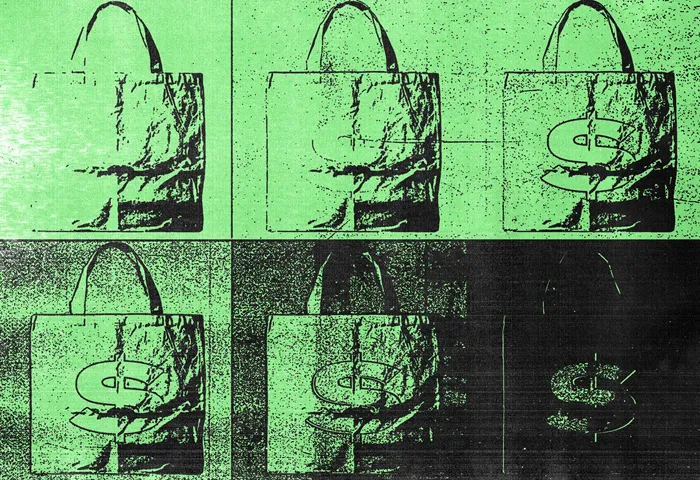In the past, fashion subcultures thrived as vibrant ecosystems of creativity and community, nurtured by visionary designers and grassroots brands. Today, however, these once-pioneering entities have largely been absorbed by corporate interests, leaving behind a landscape dominated by transient trends and commercialized aesthetics.
Historically, subcultures were characterized by their deep-rooted values and distinct identities. They provided a sense of belonging and purpose, transcending mere fashion to become symbols of cultural movements. Yet, as Noah Johnson reflects in his latest commentary, the essence of these subcultures has diminished, overshadowed by a rapidly shifting trend cycle. Individuals now engage with fashion in a manner akin to scrolling through social media feeds—fleeting and superficial.
Johnson’s recent column posits that we have entered a “post-brand” era. While the notion that “everyone is a brand now” has circulated for some time, it has become increasingly clear that this concept no longer applies. Unlike the past, when brands embodied unique visions and contributed to the development of subcultures, contemporary brands often lack distinctive points of view. Instead, modern brands are driven by entrepreneurial aspirations, focused on scaling and capitalizing on opportunities rather than fostering a genuine aesthetic or cultural narrative.
In essence, today’s brands are less about visionary design and more about product proliferation and marketing strategies. The shift from community-driven subcultures to corporate-driven trends marks a significant transformation in the fashion industry, where the true spirit of innovation and identity appears to have been replaced by commercial expediency.
Related Topics:
Where To Find Vintage Tommy Hilfiger?
Where To Buy Givenchy Perfume In Tome?
How Long Does Valentino Cologne Last

